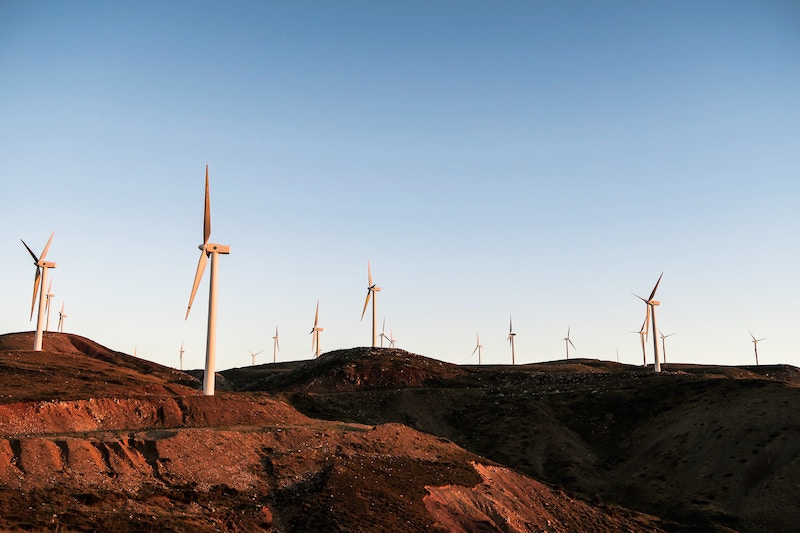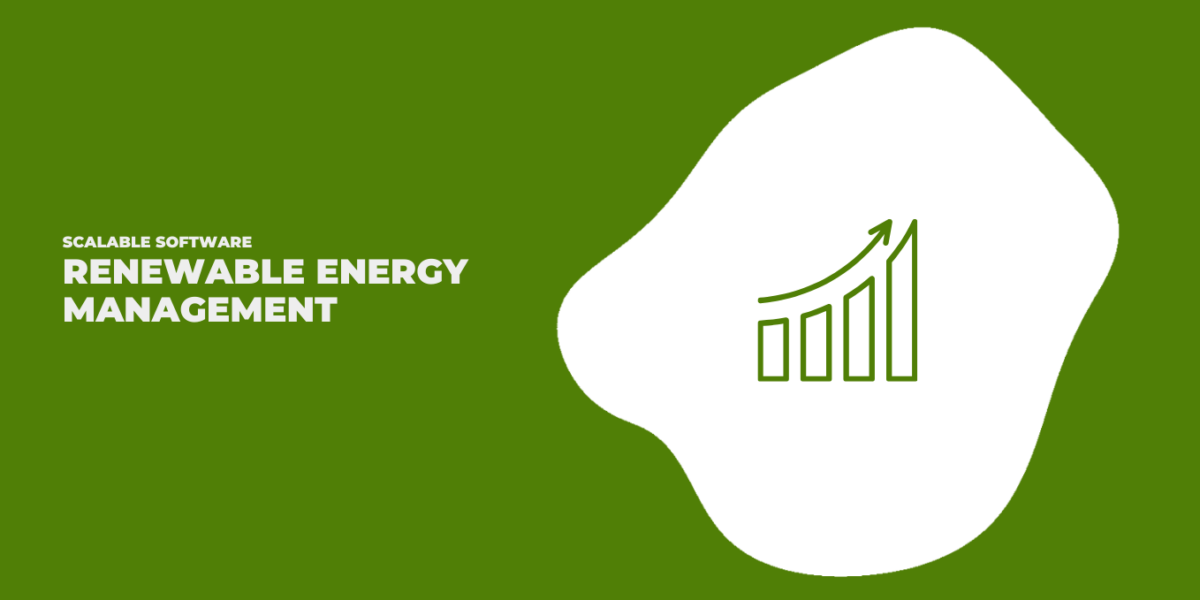Working at a renewable energy asset management software company, it is clear as day to me why software is crucial for the success of wind projects. After all, we’ve been writing about software benefits in solar energy for years, and showing how they make all of the difference between a “pretty OK” solar asset management company, and an amazing firm that is able to scale quickly.
While the problems in wind are unique, there is no question that our lessons about deploying software for solar projects transfer over to wind projects. Time and again, I’ve worked with wind clients who are spending too much time and making too many mistakes on tasks that would be best automated. So I wanted to dig deeper in this blog post, and talk about how asset management software could transform a wind energy business.
At what point do you need software in wind energy management?
All in all, the major reason to digitalize your business and introduce software comes down to volume. If you’re managing a single wind farm, you probably don’t need asset management software—the volume of work you’re facing is just not high enough, and you can probably live on Excel alone.
The issue is when you’re managing five, a dozen, or more wind farms. You can either scale your team in proportion to your assets (let’s say, two people per wind farm)…or you can invest in digitally transforming asset management software to help you with the hundreds of tasks and “checkboxes” in wind energy management.
When you’re hiring a wind asset manager, you need to know what to look for (check). When you’re developing the project, you need to conduct stakeholder consultation to speak to local community members (check). When you’re reporting on the progress of your wind portfolio, you need to consolidate data from several wind farms (check). When you’re visiting the land to fix issues identified in a report, you need a landowner to be onboard and willing to cooperate.
Communicating and clearing out any misunderstands is essential – more so at the beginning of the wind project. I speak about all the wind energy land lease misunderstanding in this post (check, check, check).
And that’s just a few of the hundreds of tasks that wind developers, owners and asset managers need to keep on top of.
That’s mainly because the advantage of software comes down to aggregation: setting tasks across your entire portfolio…or viewing all of the data for all of your projects on one dashboard, as opposed to logging into 10 different systems and pulling together data manually (for example, to find out the total kilowatt hours produced by your company yesterday).
Aggregating this data, organizing it and automating a variety of tasks as a result of it is like hiring a personal assistant for every single one of your team members.
So the bottom line is that when your portfolio of wind projects grows, it’s time to procure asset management software.
How does software help you automate tasks in wind energy?
When it comes to asset management software (wind or otherwise), there are two types of automation: 1) automation that reminds you about work you have to do, and 2) automation that facilitates the work itself.
Let’s use the example of land lease payments, which we know is a thorny issue.
Your software platform can send you a reminder 30 days before your land payment is due, so that you can begin the tasks you need to get a cheque into a landowner’s hands.
This may involve going through the lease to see the payment terms, looking at the wind farm generation for a certain period in order to calculate how much is owed, cutting the cheque, entering the details into your accounting software, and mailing the envelope. The automated reminder is just an added level of organization, to make sure manual tasks get done on time.
The other option is to not only automate the reminder but many of the above steps. Your asset management system reminds you a week before the payment is due that you should mail the cheque.
It has already calculated what is owed, based on project data – including generation data or commercial terms – that has been recorded by your software. It has automatically entered the details into the accounting software. All you have to do is cut and mail the cheque.
There’s a tremendous amount of value in that.
You have just saved your team hours of work and the potential for mistakes. And as I’ll explain in the next section, you’ve just cleared the path for your projects and team to sustainably scale.
The same two types of automation could apply to performance reports. With the help of a platform like PowerHub, your generation data could get scraped into the reporting format you’ve set up.
So, if anyone wants to know how the site performed yesterday, there’s a pre-automated workflow that tells them what they need. If we have 10 wind farms – meaning maybe we have 500+ individual wind turbines – we can get an automated report every morning or every week or every month (and so on) to clearly show us how we’re doing.
There are many aspects of maintenance that can benefit from automation, as well. The system could send a notification to your technician about upcoming fieldwork, show them the compliance terms and contact information of the landowner they’re interacting with, and send them the form they need to fill when doing maintenance. Automatically.
Again, that’s hours and days of grueling, manual tasks that are being automated.
What are the main benefits of using asset management software to automate tasks in wind energy?
Here is the real benefit of asset management platforms automating certain tasks: it allows your team to do higher-value work.
Principally, it allows your asset managers to devote less of their time on the preparatory steps needed to arrive at a problem or decision (gathering generation data, comparing against baseline) and more of their time on the actual problem solving and decision making (why was there an outage? What will we do about it?).
By automating the processing of data and manual tasks, your team can focus their time on higher-value activities.
The land management team can focus on making decisions about new pieces of land or what to do with existing pieces of land, rather than scrambling to gather data to get your landowners paid. The maintenance team can focus on optimizing their fieldwork because they have all the forms and tools ready before they ever get onsite. The asset managers can manage more projects simultaneously because each project requires less of their time.
Effectively, software and automation either allow each asset manager and their team members to handle a higher volume of projects and work, to focus on more strategic or high-value work within their projects, or to do a bit of both.




